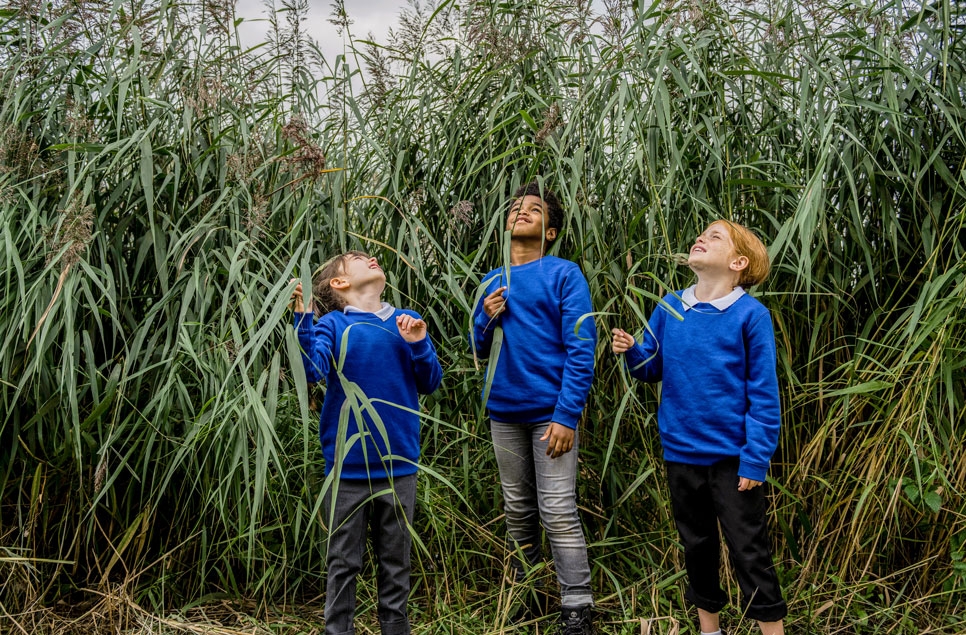Have we got newt for you!
North East wetland reserve helps the local population of protected great-crested newt thrive
There’s been very encouraging news from recent survey results for these remarkable amphibians at WWT Washington Wetland Centre.
Great-crested newts were first noted at the 103 acre site back in 2011. Survey work began to establish their locations, numbers, and accessibility, and identify possible issues they may face. It was at this point a plan was made to improve the habitat for this declining newt species.
In 2014, survey work showed that the newts were confined to just one area of the site, making them quite vulnerable against predators and risk of flooding.
Creating migration passageways
Reserve manager John Gowland explained, “Our concern was that if great-crested newts were limited to one place, they were at high risk of being predated due to the nature of other pond dwellers such as stickleback fish, who unfortunately eat newt eggs and their young efts.”
“We created ‘migration passageways’ using tree trunks covered in soil in areas that were quite a rough terrain for newts to pass through, in the hope that they would find and use these passageways to search for new territories.”
Further survey work in 2017 showed the very first great-crested newt in Top Meadow pond, some 200 metres away from the longer established amphibian ponds. This young male had hatched the previous year illustrating that the ponds had been found as hoped. Although still a small population at the time, there was an increase in great-crested newts overall on site which was very exciting news for the centre.
The team at WWT Washington have been able to carry out more regular surveys during 2019 and there have been even more encouraging signs. During four surveys conducted this year, 11 adults, 4 efts and 1 immature great-crested newt were observed throughout the amphibian ponds.
John commented, “Great-crested newts need quite a specific habitat to both breed and live in. Recent years have seen an increase in building works and habitat change in the North East which has sadly meant a decline in their numbers. This is why we’ve really focussed over the past few years on improving the habitat conditions to encourage their survival and conserve this endangered species.”
Habitat creation and connection has encouraged breeding
Habitat work at WWT Washington has involved creating new ponds and enhancing existing ponds with liner so they don’t dry out and creating more passage ways from known sites to new areas – something which is vital in helping them travel safely. Wardens have also introduced breeding aids this year to encourage great-crested newts to lay their eggs in a safer environment.
John continued, “Our less established ponds weren’t yet providing the usual plant life and reefs that newts usually lay their eggs on and shelter in. We have this year introduced some man-made reefs to offer some protection, and I’m ecstatic to say only 10 days after being installed, the first female was noted using them to lay her eggs.
Even more encouraging news during last week’s eft survey [24 July 2019] showed two 10-week old great-crested newt efts (young newts with external gills younger than 18 weeks old) doing well in these new ponds, matching the time the female was seen laying on the new reefs.”
John concluded, “This year’s survey work has shown the expansion of great-crested newt into the newly created ponds, as well as the population of great-crested newts on site increasing which is massively exciting.”
WWT Washington’s work to protect this endangered species is on-going and survey work is carried out annually.
Find out more about Great crested newts and other UK amphibians



